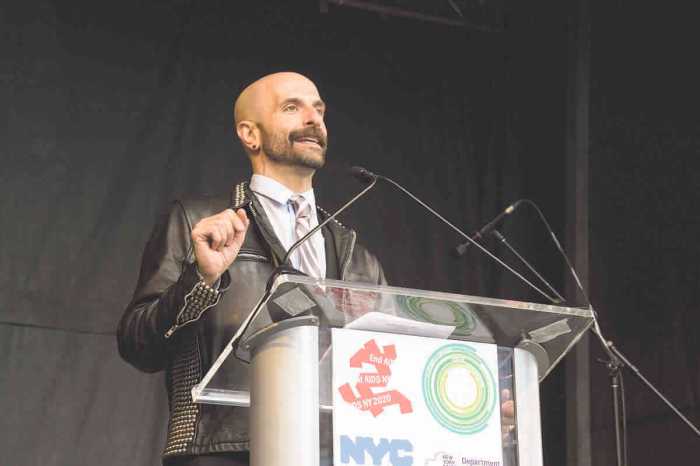While overdose deaths from meth use continue to be a small part of all drug overdose deaths in New York City, a significant increase in meth overdose deaths in the city that was first seen in 2015 and 2016 continued into 2017 and 2018.
There were 66 meth overdose deaths in the city in 2018 and 64 such deaths in 2017 — compared to just 18 in 2013.
Last year, benzodiazepines were also present in 52 percent of the meth-involved deaths and fentanyl was present in 48 percent of the methamphetamine deaths, according to data from the city’s Department of Health and Mental Hygiene. Cocaine was found in 39 percent of overdose deaths involving meth in 2018.
Nationally, fentanyl, an opioid, has been blamed for a substantial increase in drug overdose deaths in recent years, with the drug being found mixed with heroin, cocaine, methamphetamine, and other substances.
Overall, there were 1,444 overdose deaths in New York City in 2018, so meth-involved deaths accounted for just five percent of all overdose deaths that year. Last year’s overdose level in New York was a three percent decrease from 2017. Sixty percent of all 2018 overdose deaths in the city involved the use of fentanyl, followed by heroin being present in 51 percent of such fatalities, methadone in 14 percent, and opioid analgesics in 11 percent.
Men died from a meth-involved overdose at a rate of 1.4 per 100,000 in population in 2018, versus a rate of 0.5 per 100,000 among women.
The overall rate of overdose deaths was 20.5 per 100,000 residents in 2018, compared to 21.1 per 100,000 residents the year before. That rates vary by neighborhood, borough, sex, economic status, and other demographic factors.
Among the meth-involved deaths, the highest rate was among residents aged 35 to 54 at 1.3 per 100,000, with the second highest rate among residents aged 15 to 34 at 1.1 per 100,000, and a rate of only 0.4 per 100,000 among residents aged 55 to 84.
The city health department continues to recommend that people who are using drugs carry naloxone, a medication that can reverse the effects of an opioid drug overdose, and advises residents to not mix drugs. Users should also be accompanied by others who can administer naloxone if the medication is needed.
“The decrease in drug overdose deaths is promising, but far too many New Yorkers are still dying,” Dr. Oxiris Barbot, the city’s health commissioner, said in a statement regarding the downturn in total deaths. “We are closely monitoring the trends of the epidemic as they evolve and responding to upticks in emergency department visits and deaths with targeted strategies and community engagement. We remain firmly committed to expanding life-saving services and caring for New Yorkers who use drugs.”
The city health department reported that there were 55 methamphetamine overdose deaths in the city in 2016 and 61 such deaths in 2015. Those numbers represent an increase of more than 200 percent compared to the 18 overdose deaths attributable to meth in 2013. Compared to the 35 meth overdose deaths in 2014, the increases in 2015 and 2016 — 74 percent and 57 percent, respectively — are smaller, but altogether the data clearly indicate a trend of increases in deaths attributable to crystal.
































